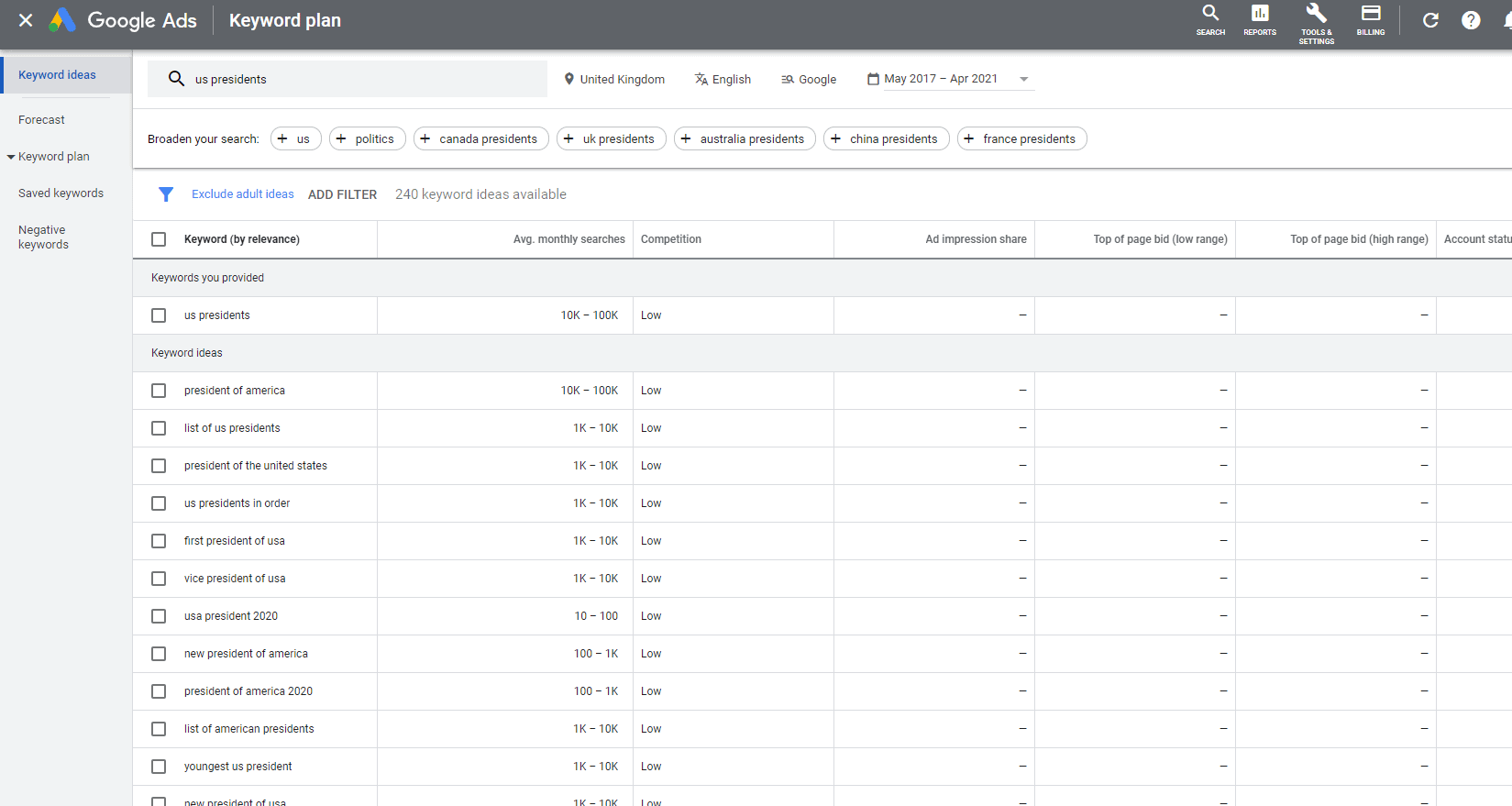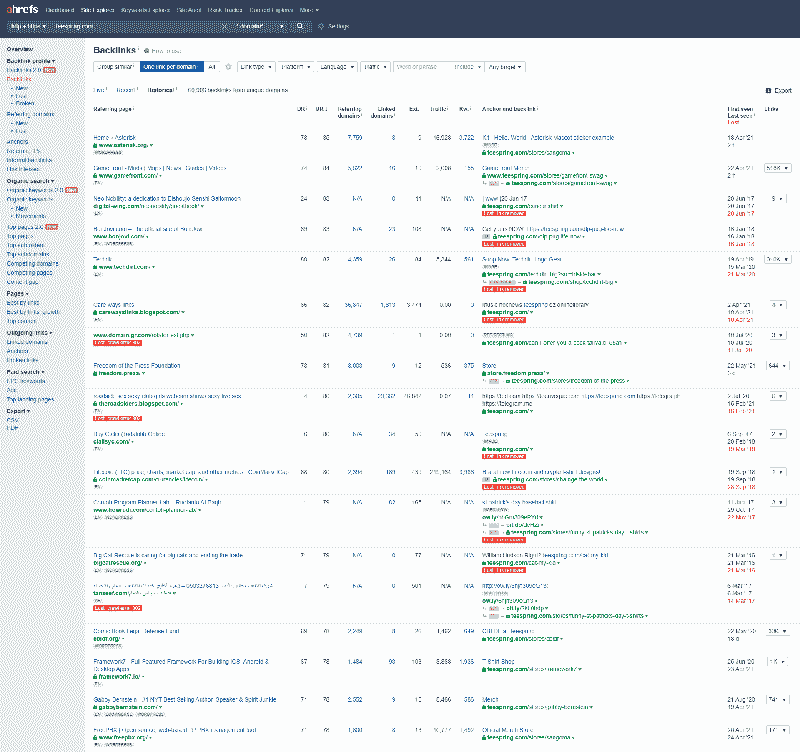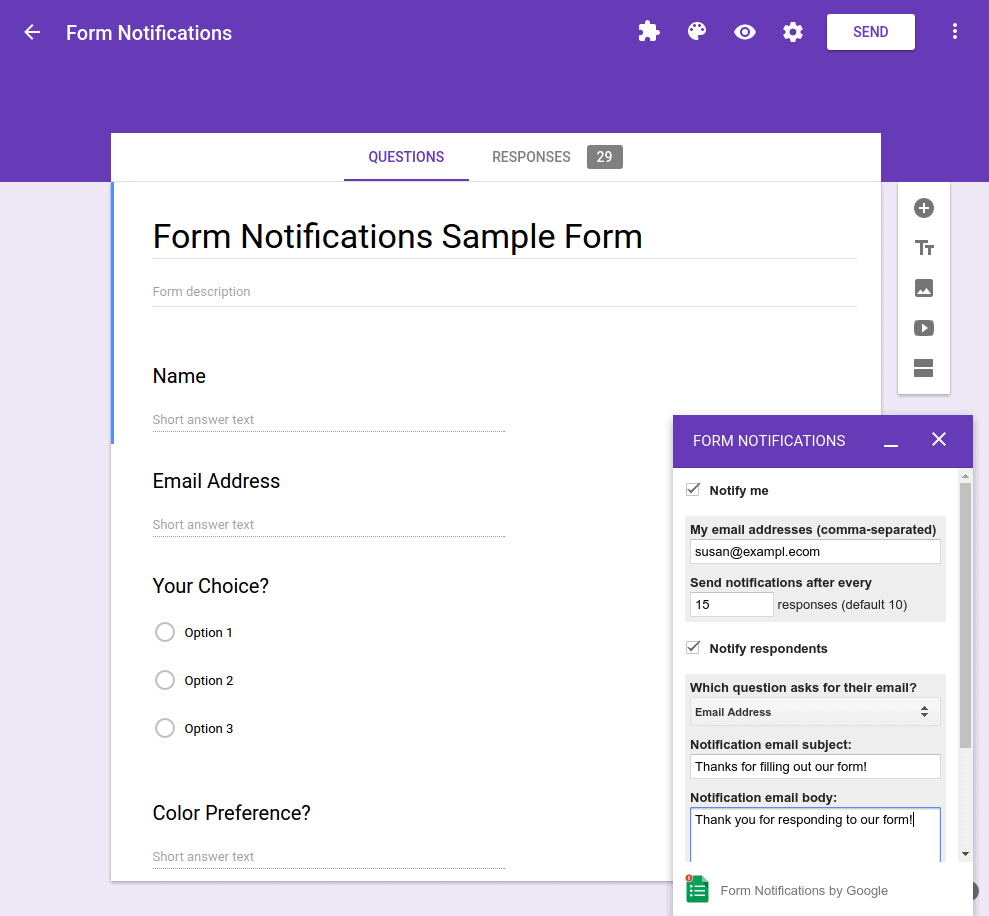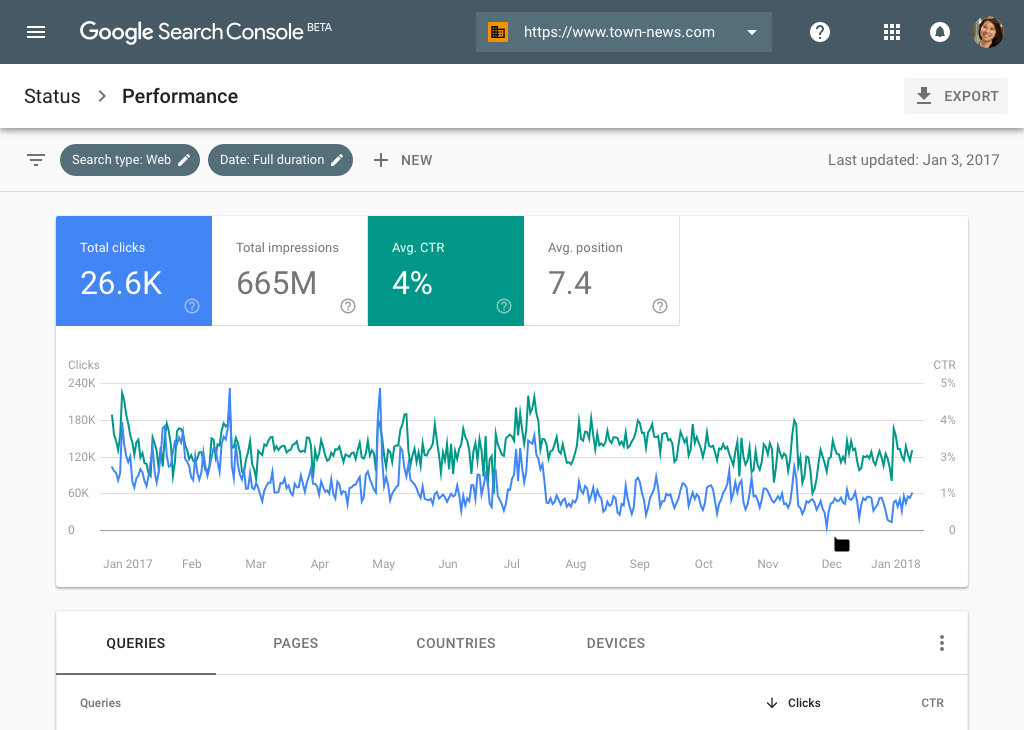Videos
Although they are also considered visual content, the sheer value of video assets makes it worth considering them in more detail. It’s no secret that audiences love video, but the problem is that there is simply so much video content available that it can be hard to get noticed, let alone earn inbound links from them. Therefore, the only way to make video assets more likely to earn a backlink is to create the video content that your audience wants to watch. The five steps to using video as backlinking content are:
- Address Customer Pain Points: Show them how to use your products, cook your consumables, or do home repairs using the products or tools you sell. Be specific and target as narrow a niche as possible.
- Have a Brand: The more you develop a brand, the easier your business is to remember. Branded video is a high-value resource in oversaturated business sectors. Use music signatures and your brand logo on all of your video content.
- Call to Share: Always finish your videos with a request for the viewer to share. After all, the more people that see it, the more likely it is that a high-authority website will link to it.
- Optimization: If you’re using YouTube to publish your videos, you need to verify your account, add custom thumbnails, and include easily digestible video summaries. You can even link to a text version of your video, which will take viewers to your website.
- Promotion: Periodically promote your videos on your marketing channels. If your videos are outdated, get rid of them.
Videos can be challenging to get right, but they can be invaluable for backlinks.
Original Research
If you have compiled new data that’s relevant to your industry, then you have one of the fastest ways to build a high number of backlinks. Statistics and data, especially originally researched findings, are high-value content when it comes to generating inbound links because whenever another website cites your findings or your statistics, they link back to you.
In fact, nine out of ten businesses that go down this path found success with it. For businesses that included stats and original research, they experienced 162% more impressions and a 37% rise in click-through rates.
Lists
Whatever the subject or tone of voice you use to create your content, lists are a fantastic option for backlink building simply because they allow you to deliver a massive amount of information in easily digestible chunks. On average, list posts (either in text or video format) generate more referring domain links than any other content type.
The ‘Ultimate’ Guide Format
If content is king, then long-form content is undoubtedly the queen in the world of SEO and is crucial for anyone working on a backlinking strategy. If you write a guide on an industry-relevant subject with over 4000 words, search engines will consider it more valuable than a 500-word article with the same title. Take a deep dive into the topic so that your Ultimate Guide becomes the essential resource for anyone wanting to know more about a specific subject.
These are the basic types of content that you need to be creating as part of your backlink strategy. The question is, how do you ensure that other sites will find your content and then refer their readers and viewers back to it?
Top Link Building Strategies in 2021
SEO evolves, and what works today may not be as effective in a year. That means you need to be up to date with the most ROI-effective methods for building a backlink strategy that works. In 2021, some techniques can transform your authority, SEO, and overall brand awareness by ensuring the maximum number of inbound links to your content.
Let’s jump right in and look at all the top backlink strategies that you should implement.
Become a Source
Journalists and bloggers alike want to know what’s happening in the world to create their content about it. By becoming a source for those journalists and bloggers, you can quickly build backlinks from news sites and blogs with high authority. If you focus your backlink strategy on localized growth, simply contacting local media companies is well worth the time. Send them your press releases and your opinion pieces on industry or geographically relevant news. If you want a broader, more national, or international reach, there are resources available that can help. Look at sites like Help A Reporter Out (HARO), which has been called the Tinder of PR. That’s because it connects those that want links and exposure to the people that need sources. Although becoming a source can take time, it’s one of the most effective ways to build high-authority referral links once you get started.
Top Tip: Newsjacking
Not quite the same as becoming a source, newsjacking is when you spot an industry-relevant news story and write your opinion on it quickly. Search engines will throw you to the top of a SERP if you’re one of the first people to create content on a breaking news story, and other websites may link back to your content as they make their own. Newsjacking can be hard to get right, but it can be advantageous if you have the resources to do it.
Email Outreach
One of the best ways to earn yourself a backlink is simply to ask for one. From journalists to website owners that relate to your business sector, the trick is reaching out to them while ensuring that you don’t end up relegated to a spam folder. Your first step? Find the people that are most likely to link back to you and try reverse engineering. Next, type your primary keywords into Google and copy the URL of the first result.





 Before you dive into learning more about advanced link building strategies, becoming familiar with the key industry terms is vital. These are the top ones you need to know that have been and will be used in this guide:
Before you dive into learning more about advanced link building strategies, becoming familiar with the key industry terms is vital. These are the top ones you need to know that have been and will be used in this guide:
